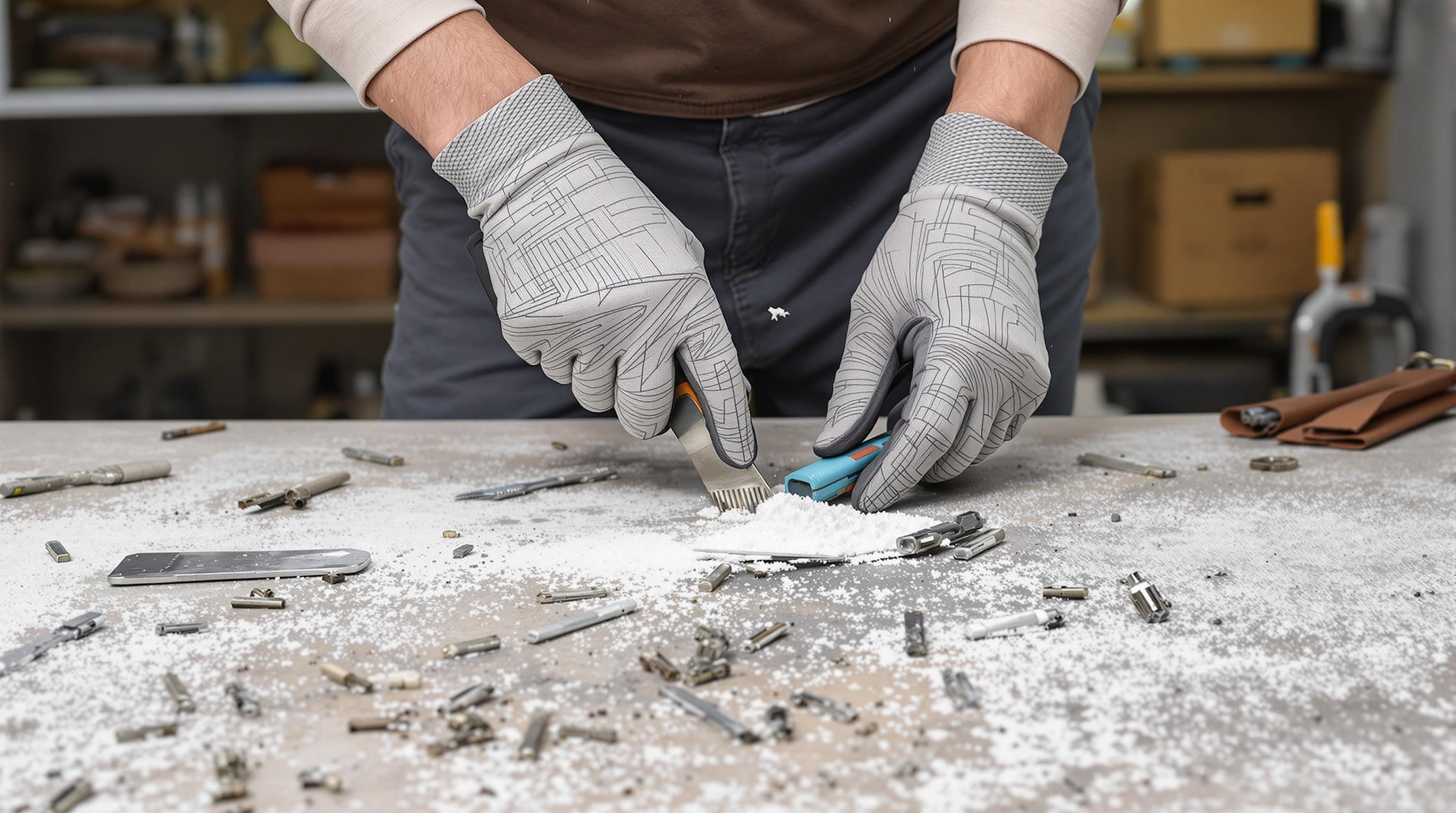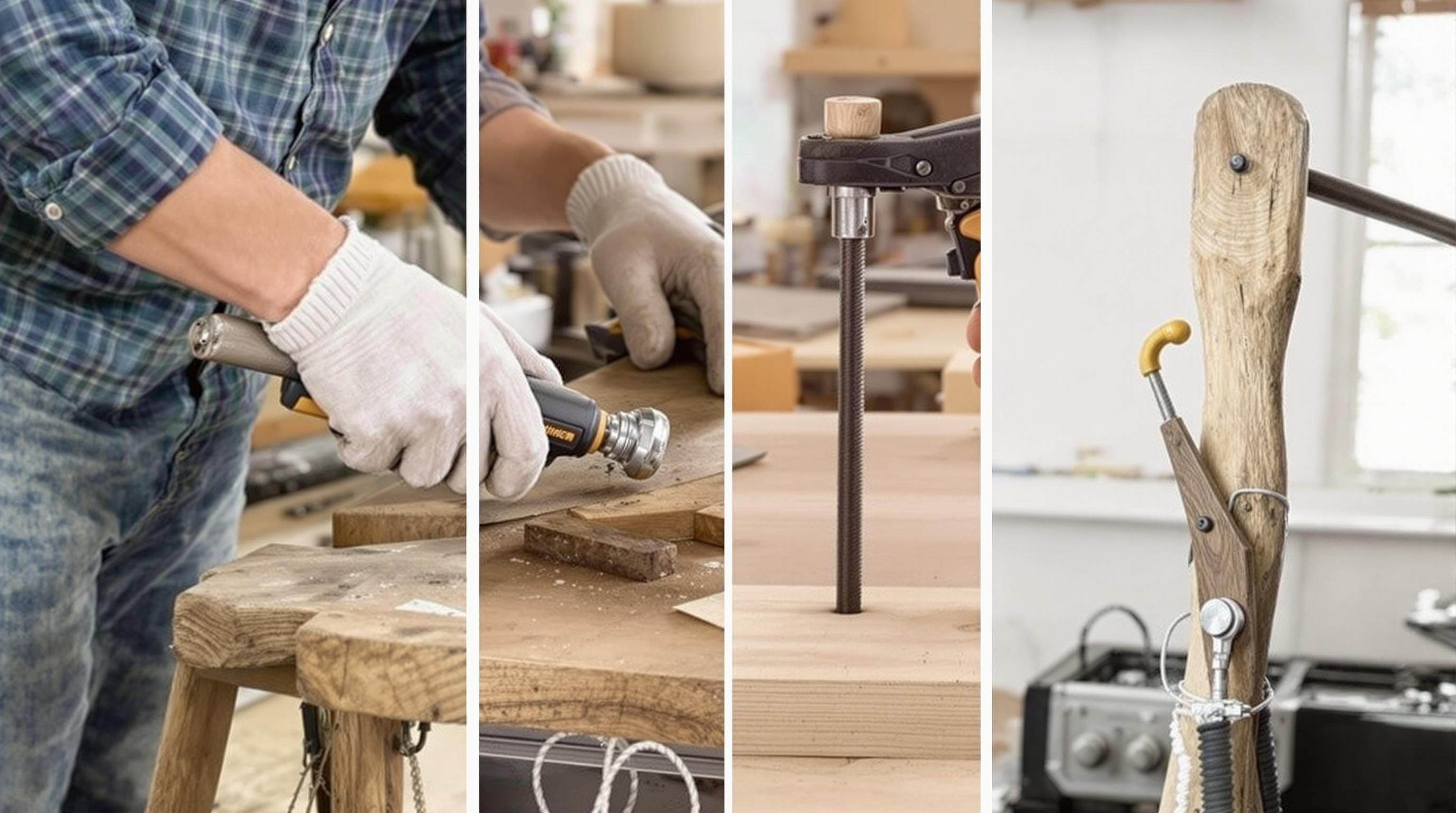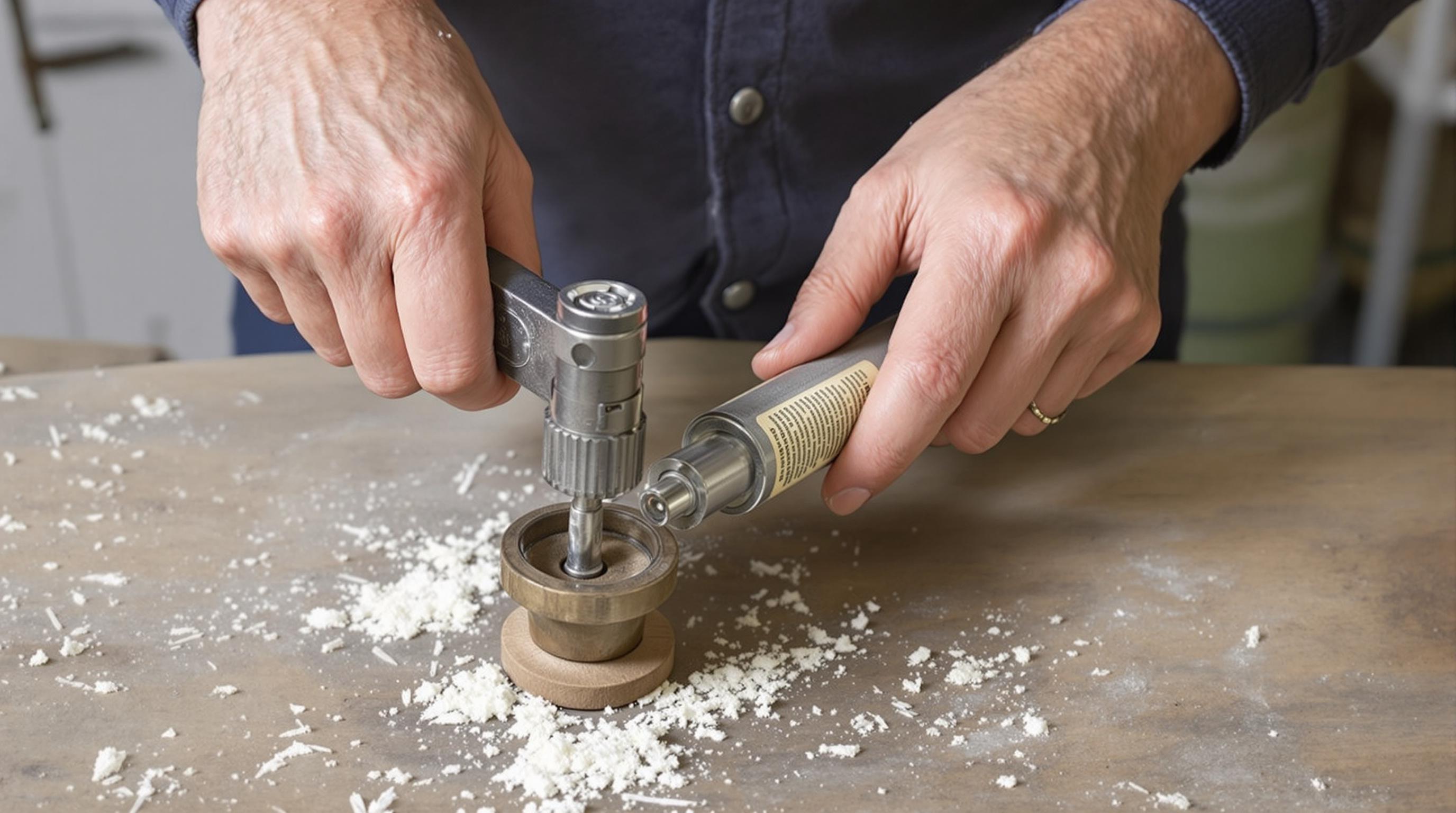Related Articles
- The Hidden Influence of Ergonomics: How Tool Design Shapes Our Physical Spaces and Daily Lives
- The Silent Influence: How Hidden Home Implements Shape Our Daily Routines and Spaces
- The Counterintuitive Role of Chaos: How Messy Tool Storage Can Lead to Unexpected Home Innovations
- Exploring the Unseen: How Audio Experiences Shape the Art of Domestic Spaces and Color Perception
- Rethinking the Mundane: How Everyday Objects are Becoming the Canvas for Modern Artistic Expression in Home Spaces
- Cultivating Chaos: The Surprising Benefits of Embracing Weeds in Your Garden Ecosystem
7 Unconventional Strategies for Tackling Household Repairs: Avoiding Pitfalls While Keeping Your Budget Intact!
7 Unconventional Strategies for Tackling Household Repairs: Avoiding Pitfalls While Keeping Your Budget Intact!
Introduction
Household repairs can often feel overwhelming, especially when they appear costly and time-consuming. However, there are unconventional strategies that can help homeowners tackle these issues with ease while keeping expenses manageable. From leveraging community resources to embracing DIY innovations, these tactics can empower you to maintain your home effectively.
This article explores seven unconventional strategies for managing household repairs, emphasizing the importance of creativity and resourcefulness. Each section will delve into a unique approach, shedding light on both practical applications and potential pitfalls. By the end, readers will be equipped with insightful methods to turn repair challenges into opportunities for innovation.
Let’s embark on this enlightening journey to discover how you can approach household repairs without breaking the bank.
1. Tool Lending Libraries
Many communities have tool lending libraries where members can borrow tools for home repairs or gardening projects at no cost. This option is not only cost-effective but also fosters community spirit and resource sharing. Before purchasing a new tool for a one-time job, check if there's a local library offering the tools you need.
Using a tool library not only saves money but also allows you to test out a tool before committing to a purchase. If you find that you frequently undertake repairs requiring specific tools, you might decide to invest in quality options later on.
However, be mindful of the library’s borrowing policies and the condition of the tools. Returning items in good shape is essential for maintaining good community relations and ensuring the library remains a viable resource.
2. Community Repair Events
Community repair events, often organized by local nonprofits or community centers, bring people together to fix items collectively. These gatherings foster collaboration, knowledge sharing, and skill-building, making them a valuable resource for anyone looking to save on repairs.
Participating in such events can provide you access to expert advice and hands-on assistance. Whether it’s repairing electronics, clothing, or furniture, community members often have a wealth of knowledge to share. You may even discover hidden talents and interests in repair work that you hadn’t previously considered.
Always check for upcoming events in your area and consider volunteering your skills. However, keep in mind that not all repairs may be feasible in a community setting, so some preparation and flexibility may be needed.
3. Online Repair Tutorials
The rise of online platforms means that a world of knowledge is at your fingertips. Websites like YouTube host countless tutorials that cover nearly every repair imaginable. Before calling a professional, consider searching for a video that demonstrates how to perform the repair yourself.
These tutorials often provide step-by-step guidance, including the tools you’ll need and common pitfalls to avoid. Many creators also encourage viewer interaction, so you can ask questions and receive tips from those who’ve been successful in similar repairs.
Nevertheless, while online resources can be extremely helpful, not all videos are created equal. Be sure to verify the credibility of the source and look for videos with high viewer ratings and comments that indicate successful outcomes from other viewers.
4. Upcycling and Creative Solutions
Upcycling involves transforming old or unused items into something valuable. Instead of discarding broken furniture or appliances, consider how they might be repurposed or creatively repaired. This not only saves money but also contributes to a more sustainable lifestyle.
For example, a broken chair could be transformed into a stylish planter or an old ladder could become a decorative bookshelf. Resources like Pinterest provide inspiration and detailed guides for various upcycling projects.
However, remember that practicality is key. Not every piece can be salvaged, and attempting to upcycle something beyond its functional use could result in wasted time and resources. Assess each item carefully before committing to an upcycling project.
5. Seasonal Maintenance Checks
Implementing seasonal maintenance checks can help identify potential problems early before they escalate into costly repairs. Create a checklist for every season, detailing what areas of your home need attention, such as gutters, HVAC filters, and plumbing.
Scheduling regular checks allows you to address minor issues before they evolve into significant repair needs. This proactive approach often saves homeowners money and stress in the long run.
Keep in mind that certain seasonal tasks may require professional assistance, so do not hesitate to reach out for help when necessary. Balancing DIY tasks with expert input ensures you tackle repairs effectively without compromising either safety or quality.
6. Bartering and Skill Swaps
Consider bartering or participating in skill swaps with friends, family, or neighbors. This approach allows you to exchange your repair skills for services that you need, effectively saving money and fostering community connections.
Skill swaps can be especially beneficial because they often involve individuals with various backgrounds and expertise, thus broadening your knowledge base and introducing you to new methods or tools for home repairs.
However, ensure that expectations are clearly set to avoid misunderstandings. It may be helpful to formalize the arrangement in some way, such as through a written agreement, to establish boundaries and maintain goodwill.
7. Embrace Temporary Fixes
Sometimes a temporary fix can buy you the time you need to source materials or save for a more permanent solution. For instance, using duct tape for a leaky pipe or a quick patch on a wall can be effective until you are ready to tackle the repair properly.
While temporary solutions can provide immediate relief, it is essential to plan for a long-term repair. This strategy can prevent more significant damage down the line if left unattended for too long.
Remember, temporary fixes should never be seen as permanent solutions. Always evaluate the repair thoroughly to ensure it won’t exacerbate the problem or lead to more complex issues.
Conclusion
Approaching household repairs with unconventional methods can not only save you money but enhance your problem-solving skills and creativity. By utilizing community resources, online tutorials, and active participation, you can tackle challenges in innovative ways.
Explore the strategies mentioned in this article, and combine them as needed to develop a unique approach tailored to your household repair needs. The key is to remain open-minded and resourceful, embracing challenges as opportunities for learning and connection.
Ultimately, with the right strategies, maintaining your home can be both cost-effective and rewarding, paving the way for a more sustainable and enjoyable living environment.





